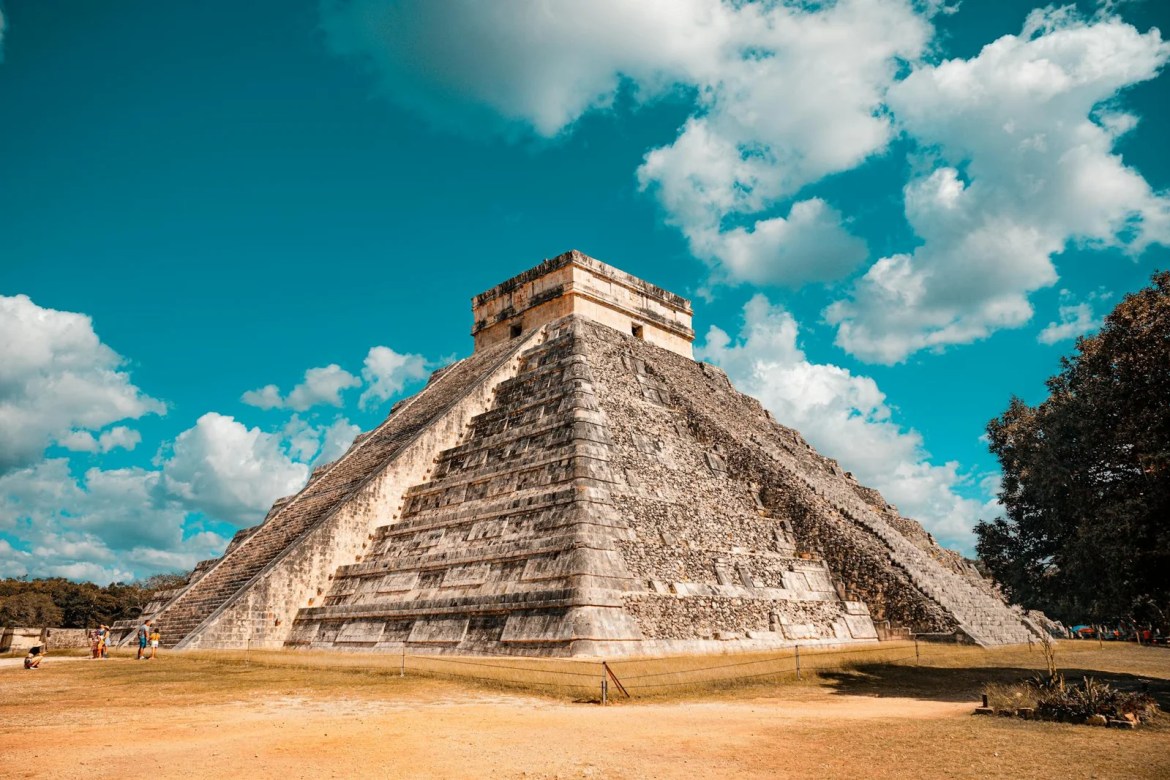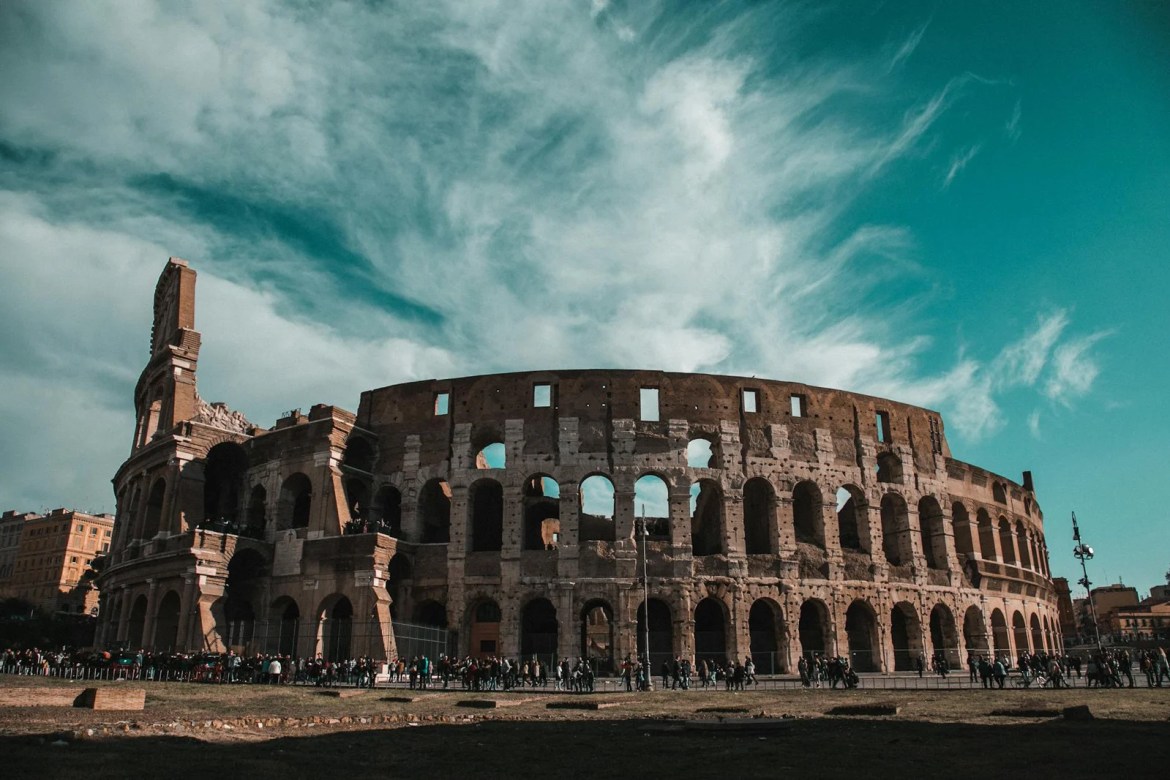What Do a Towering Statue in Brazil and a Lost City in the Andes Have in Common?
They’re both among the New 7 Wonders of the World, a dazzling collection of man-made marvels that span continents, cultures, and centuries. These aren’t just tourist attractions; they’re living time capsules, whispering stories of ancient civilizations, religious devotion, and architectural genius.
In 2007, a global poll organized by the New7Wonders Foundation gathered over 100 million votes to choose the world’s most iconic monuments. The result? A list of seven breathtaking landmarks that continue to awe, inspire, and attract millions of travelers every year.
In this guide, we’ll take you on a virtual tour through each of the New Seven Wonders. You’ll discover hidden stories, fun facts, practical travel tips, and what makes each site so unforgettable. So whether you’re planning your dream itinerary or just fueling your wanderlust, let’s get started!
Great Wall of China (China)
A Monumental Feat Across Mountains
Stretching over 21,000 km across northern China, the Great Wall is one of the most ambitious construction projects in history. Built over centuries by various Chinese dynasties, particularly the Ming Dynasty (1368–1644), the wall was designed to protect China from invasions and raids.

Quick Facts:
- The wall is not a single continuous line but a network of walls and fortifications.
- It can be seen from space (sort of, with aid, under ideal conditions).
Travel Tips:
- Best Time to Visit: Spring (April–May) and Fall (September–October) for mild weather.
- How to Get There: Easy day trip from Beijing. The Mutianyu and Badaling sections are tourist-friendly.
- Entry Fee: Around 40-60 RMB depending on the section.
- Nearby Attractions: Ming Tombs, Summer Palace.
Pro Tip: Bring comfortable shoes, some sections are steep and uneven!
Petra (Jordan)
The Rose-Red City Half as Old as Time
Hidden within a canyon in southern Jordan lies Petra, a city carved into vibrant red rock. Once the thriving capital of the Nabataean kingdom (circa 4th century BC), Petra was a hub of trade and culture, linking Arabia, Egypt, and the Mediterranean.

Quick Facts:
- Petra was unknown to the Western world until 1812.
- It’s home to over 800 carved structures, including tombs, temples, and altars.
Travel Tips:
- Best Time to Visit: March–May or September–November.
- How to Get There: Fly into Amman or Aqaba; Petra is 3 hours by car.
- Entry Fee: ~50 JOD for a one-day pass.
- Nearby Attractions: Wadi Rum desert, Dead Sea.
Don’t Miss: Petra by Night, a magical candlelit walk to the Treasury.
Christ the Redeemer (Brazil)
A Symbol of Peace Over Rio
Perched atop Corcovado Mountain, this 98-foot Art Deco statue of Jesus Christ overlooks Rio de Janeiro with open arms. Completed in 1931, it’s both a religious symbol and a cultural icon of Brazil.

Quick Facts:
- Built with soapstone and reinforced concrete.
- Was struck by lightning in 2014 but restored.
Travel Tips:
- Best Time to Visit: May–September for fewer crowds.
- How to Get There: Take the Corcovado Rack Railway or a van tour from Cosme Velho.
- Entry Fee: ~85 BRL for adults.
- Nearby Attractions: Sugarloaf Mountain, Ipanema Beach.
Pro Tip: Visit early in the morning to avoid clouds obscuring the view.
Machu Picchu (Peru)
The Lost City in the Clouds
Nestled 2,430 meters above sea level in the Andes, Machu Picchu is the crowning jewel of Incan architecture. Likely built in the 15th century by Emperor Pachacuti, this mountaintop citadel remained unknown to the outside world until 1911.

Quick Facts:
- It wasn’t destroyed by the Spanish conquest, unlike many other Incan sites.
- No wheels were used in its construction, everything was carried by hand.
Travel Tips:
- Best Time to Visit: April–October (dry season).
- How to Get There: Train to Aguas Calientes, then bus or hike up.
- Entry Fee:
152 PEN ($40 USD). - Nearby Attractions: Sacred Valley, Cusco.
Tip: Acclimate to the altitude in Cusco before visiting.
Chichen Itza (Mexico)
Echoes of a Mayan Empire
Once a powerful city of the ancient Maya, Chichen Itza in Mexico’s Yucatan Peninsula is famous for its step pyramid, El Castillo (Temple of Kukulkan). Built between the 8th and 12th centuries, it served as a major political and religious center.

Quick Facts:
- During equinoxes, a shadow resembling a serpent slithers down the pyramid.
- Chichen Itza means “at the mouth of the well of the Itza.”
Travel Tips:
- Best Time to Visit: November to March.
- How to Get There: 2-3 hours by car from Cancun.
- Entry Fee:
614 MXN ($36 USD). - Nearby Attractions: Cenote Ik Kil, Valladolid.
Tip: Arrive early to beat the crowds and heat.
Roman Colosseum (Italy)
Arena of Ancient Gladiators
In the heart of Rome stands the Colosseum, the largest amphitheater ever built. Completed in 80 AD under Emperor Titus, it hosted gladiator contests, mock naval battles, and public spectacles for over 50,000 spectators.

Quick Facts:
- It had a retractable awning system to shade viewers.
- Could be flooded for sea battle reenactments.
Travel Tips:
- Best Time to Visit: October–April.
- How to Get There: Centrally located; metro stop: Colosseo.
- Entry Fee: ~16 EUR; combo tickets include Roman Forum & Palatine Hill.
- Nearby Attractions: Trevi Fountain, Pantheon, Roman Forum.
Pro Tip: Take a guided tour to access the underground chambers.
Taj Mahal (India)
A Monument to Eternal Love
Commissioned in 1632 by Emperor Shah Jahan in memory of his beloved wife Mumtaz Mahal, the Taj Mahal is a masterpiece of Mughal architecture. With its white marble domes and intricate inlay work, it’s one of the most photographed buildings in the world.

Quick Facts:
- It changes color depending on the time of day.
- Over 20,000 artisans worked on its construction.
Travel Tips:
- Best Time to Visit: October to March.
- How to Get There: Fly into Delhi or Agra. Agra is accessible by train, bus, or car.
- Entry Fee: ~1300 INR for foreigners.
- Nearby Attractions: Agra Fort, Fatehpur Sikri.
Tip: Visit at sunrise for the best lighting and smallest crowds.
How to Plan a Trip to See All 7 Wonders
Dreaming of seeing all seven in one lifetime (or year)? Here’s how to make it happen.
Estimated Timeline:
- You’ll need at least 2–3 weeks if you’re flying between each site quickly. A more relaxed schedule would take 2–3 months.
Estimated Budget:
- Flights: $5,000–$8,000 (economy round trips between countries).
- Accommodation & local travel: $3,000–$5,000 depending on style.
- Total: ~$10,000+ for a whirlwind global tour.
Best Route (Geographically Efficient):
- Chichen Itza (Mexico)
- Christ the Redeemer (Brazil)
- Machu Picchu (Peru)
- Roman Colosseum (Italy)
- Petra (Jordan)
- Taj Mahal (India)
- Great Wall of China (China)
Tips for Long-Term Travelers:
- Use round-the-world (RTW) airline tickets.
- Pack light and smart.
- Mix hostels, Airbnbs, and hotels to balance budget and comfort.
- Use travel insurance that covers multi-country trips.
Final Thoughts
From the misty mountains of Peru to the deserts of Jordan and the bustling streets of Rome, the New 7 Wonders of the World are more than travel destinations, they’re touchpoints of human history and imagination.
Whether you visit one or all, each wonder leaves you with a deep appreciation for the creativity, resilience, and spirit of past civilizations.
Which wonder is at the top of your list? Tell us in the comments!
Found this guide helpful? Don’t forget to share it with your travel crew!
Discover more from Voyagenic
Subscribe to get the latest posts sent to your email.

1 comment
Excellent read, I just passed this onto a friend who was doing some research on that. And he actually bought me lunch because I found it for him smile So let me rephrase that: Thank you for lunch!